November last year, we decided to start our Japan itinerary in Tokyo. And WOW, it’s hard to express how much we fell in love with this incredible city! From visiting historic temples and shrines to shopping and eating the best street food, Tokyo has plenty of amazing things to do.
That’s why we created the ultimate Tokyo travel guide including our 5-day Tokyo itinerary, the best things to do, the best time to visit and where to stay. We also added extra tips on how to get to around and added all our recommendations on where to eat.
Read also: Japan in 3 weeks: travel route, guide + tips
Before you read our Tokyo travel guide
We just wanted to give a quick shoutout to our friend Nicolas Wauters, a Belgian who lives in Tokyo since 2012. He is not only an amazing tour guide, but he is also a super talented photographer who truly knows the best spots to visit and hidden gems all over Japan.
Thanks again Nicolas for providing us with the best information and insider tips for our Japan itinerary! Hopefully, the tips we got, will help you with planning your own trip to Japan too! Many of his tips are also in this 5-day Tokyo itinerary.
How to get to Tokyo?
By plane:
Tokyo has two major international airports, Tokyo Narita and Tokyo Haneda. We flew from Kuala Lumpur with Singapore Airlines to Tokyo Haneda Airport and loved how quick and easy everything went upon arrival. Tokyo Haneda Airport (HND) is the closest to the city center, only a 30-minute drive while Tokyo Narita Airport (NRT) is located 1-hour from the city but the most popular airport for international and direct flights from all around the world.
Search for the best flights to Tokyo here
By train:
If you start your Japan itinerary somewhere else like Kyoto or Osaka, the easiest way to go to Tokyo is by train. Taking the train is the most popular way of getting around in Japan. It’s super easy, well-organized and very comfortable. If you buy the JR Pass, you can take trains in all directions and certain Shinkansen (high-speed bullet train) which takes you wherever you want to go in no time.
Find more info about the JR Railpass here
By bus:
What many people don’t know and what we personally used most during our Japan itinerary is a bus. Taking the bus is a less expensive alternative than taking the train but it takes more time. For example, the Shinkansen from Osaka to Tokyo is only 2 hours and by bus, it’s around 8-9 hours. So it’s up to you to decide what’s most comfortable. We had the time so we did almost everything by bus and can only recommend this. Super easy and comfortable! (even with WiFi onboard)
Check prices and schedules for buses here
Getting to the city center from Tokyo airport
Depending on which airport you arrive (Haneda or Narita), there are lot of different options for getting to the city center of Tokyo. You can either go by train, bus or taxi. We made an overview of all possible transportation to get to Tokyo city center including prices and links to buy tickets in advance in this article
How to get around Tokyo: our best tips for transport
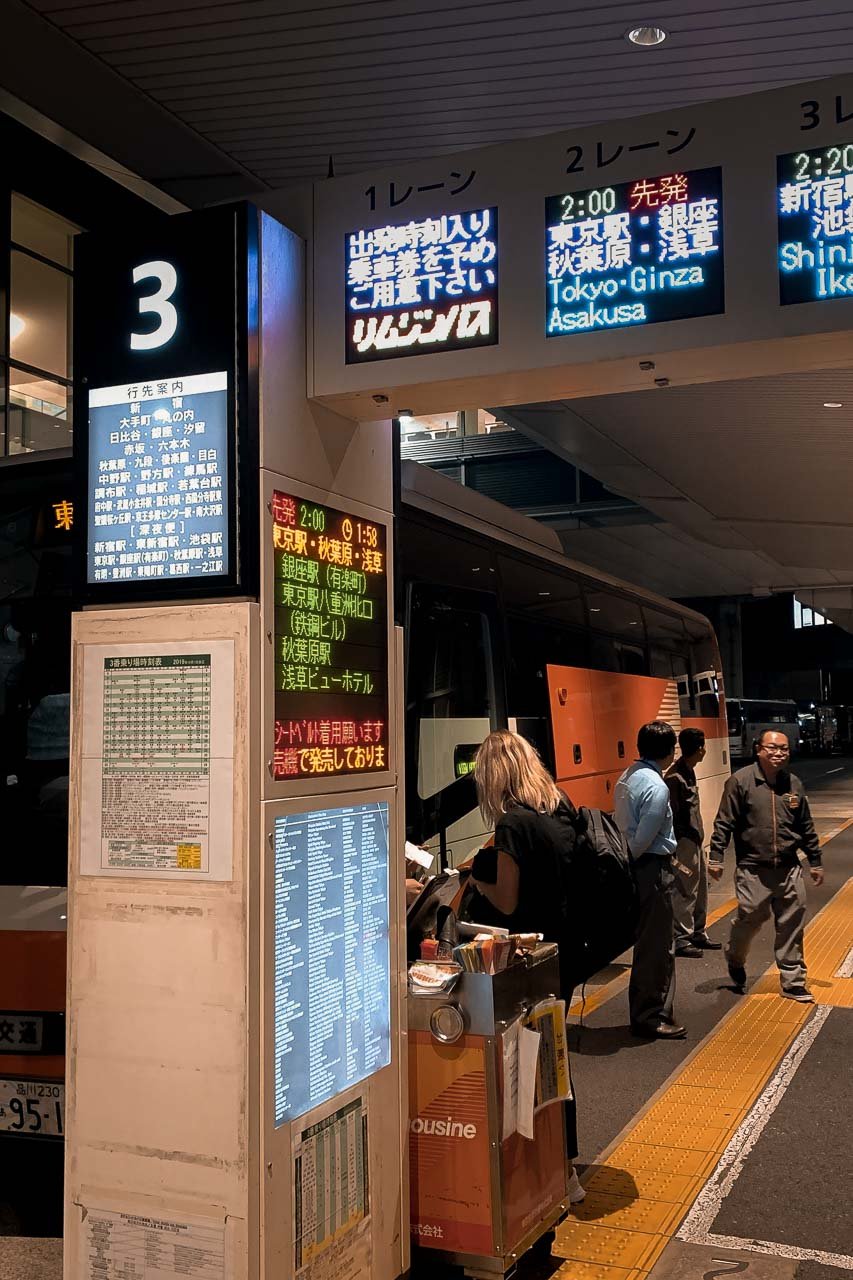

Visa requirements for Japan
As Belgian citizens, we didn’t need to apply for a visa to enter Japan and could stay for a maximum of 90 days.
Please note: visa requirements keep changing for every country. Please make sure you check all visa and passport requirements in your own country before booking your tickets or via the search box below.
Where to stay in Tokyo
Choosing a place to stay in Tokyo can be overwhelming! There are so many districts and thousands of options for any budget. We stayed in Hotel & Hostel KIKKA which is located in the Chiyoda district, close to Akihabara (1 km), Sensoji Temple (3 km) and Tokyo Station (2,5 km). Our hostel was a lovely place, affordable, clean and super trendy and has also private rooms if you don’t like to stay in a dorm.
If it’s your first time going to Tokyo, we would highly recommend looking for a place to stay in Shinjuku, Ueno, Roppongi, or Asakusa. All these areas have a good public transport connection, are located close to all highlights and have lots of shops and restaurants nearby.
Read also: Best hotels & hostels in Japan

Best time to visit Tokyo
Winter: December – February
During these months you can expect dry and sunny weather, but cold temperatures. January is the coolest month with an average temperature of 10°C. (2°C at night) Spending winter in Tokyo is a wonderful time to soak in a hot spring, spot Mt Fuji, celebrate New Year, or even go skiing in the Japanese Alps.
Cherry Blossoms (Sakura): March – April
Cherry blossoms in Tokyo are starting end of March, with a full bloom in early April. During these months it’s also spring, where you can expect dry and sunny weather with an average temperature between 13-18°C. Experiencing the cherry blossoms or sakura is a once-in-a-lifetime experience!
Check the actual cherry blossom forecast for Japan here
Typhoon season: June – September
Starting from June, the raining season starts in Japan with the most chance on typhoons in August and September. This is a period we don’t recommend you to go to Tokyo as you’ll experience a lot of rainfall and super humid weather with average temperatures between 27-31°C.
Autumn: October – November
October and November are both lovely months to visit Tokyo. The weather is pleasant, open skies and not too hot anymore with average temperatures between 17-22°C. We went to Japan during these months (to be exact: October 30 – November 18) and had a wonderful time. From late October, you’ll also see the beautiful autumn colors popping up on the trees. Lovely!
Check the actual forecast for the autumn colors in Tokyo here
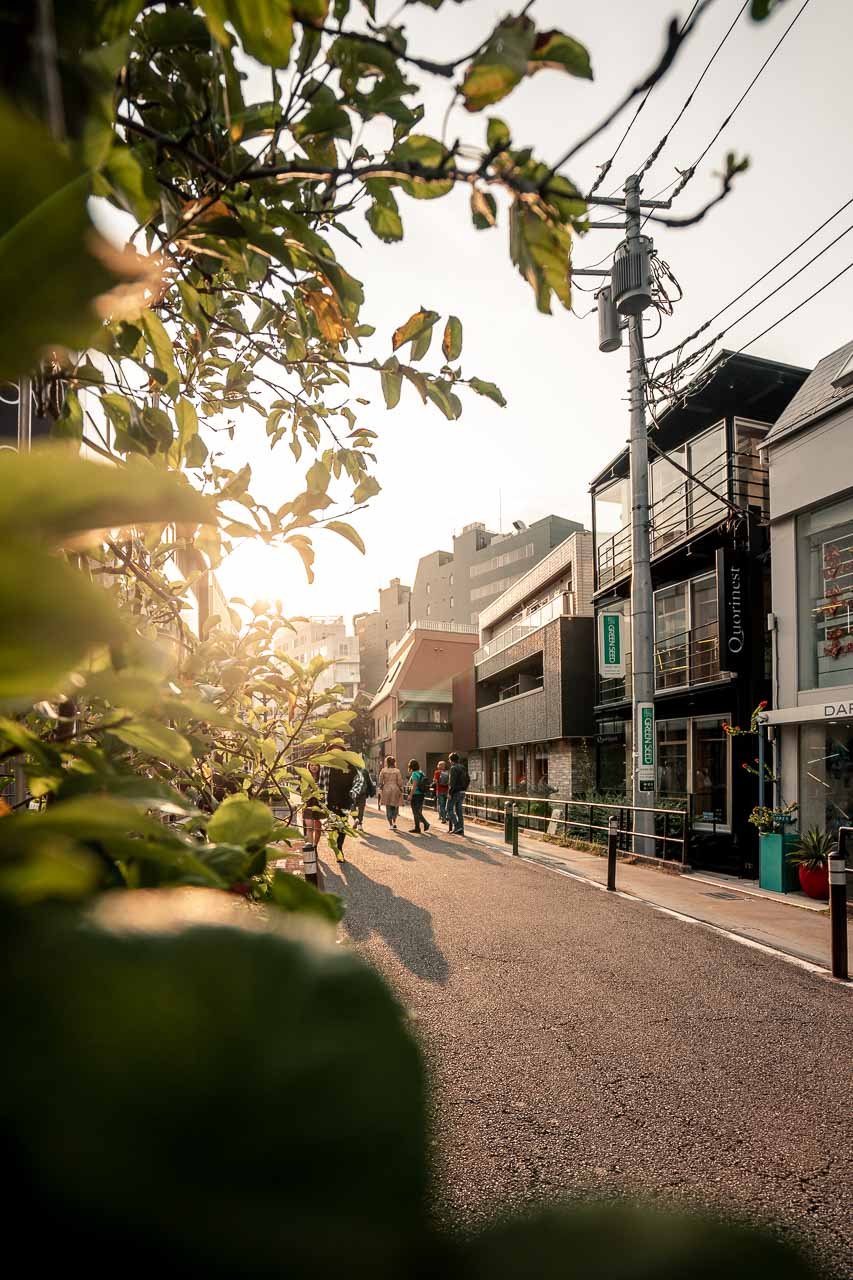

Useful apps to download
- Google Translate – we couldn’t live without this app during our Japan itinerary! The instant camera translation helped us translating literally everything from food in the supermarket, choosing on a menu in a restaurant to asking directions at local people.
- Booking.com – our most favorite app to find accommodations worldwide
- Maps.me – the best offline mapping app on the planet. Download the map, choose your route, save favorite places, and explore the country without using the internet. (money saver!)
- Currency XE – calculates currencies on-the-go. With the app, you can access live exchange rates and calculate prices on your smartphone super easily.
- HappyCow – our favorite app to find the best vegan & vegetarian food around you.
- Hotels.com – the app we use often besides booking.com. If you book 10 nights on Hotels.com you’ll get one night for free, which is awesome
- Japan Travel by Navitime – the best and most downloaded app to help you travel around Japan like a local. The app navigates you from point to point, helps to find offline Wi-Fi spots, ATM’s, and train stations.
- Japan Official Travel App – the official tourist app for finding the best information about public transportation in Japan, sightseeing, free Wi-Fi services, and more.
- Hyperdia – not a real app, but a great website to navigate all the trains in Japan if you have a JR Railpass.
- Not really an app, but the ebooks of Lonely Planet needs to be highlighted too. The ebooks are an easy, quick, and cheap way to carry almost every Lonely Planet guidebook in your pocket. From destination tips, beautiful images to road trip routes, you’ll find everything to get the most out of your trip.
Read also: The 11 best and free travel apps every traveler needs
5-Day Tokyo itinerary: Day 1
Depending on when you arrive in Tokyo, we consider day 1 of your Tokyo itinerary as your first full day. For us, it’s always the day where we love to visit already some of the biggest highlights and wander around the different neighborhoods to get a good impression of the city. And that’s exactly what the planning below looks like.
Tip: get a PASMO or Suica card where you can top up money to use all metro, subways, and JR train lines in Tokyo. There is no difference in cards, the only difference is where you purchase them. PASMO is sold at almost every private railway station, subway station, or bus depot in Tokyo while Suica can only be purchased at the major JR East Station. We took a pre-loaded PASMO with JPY 2000 per card ($18,5).
Read also: Osaka Travel Guide: 17 x best things to do + tips

Walk across the mega-famous Shibuya Crossing
The first day we were in Tokyo, we went straight to the mega-famous Shibuya Crossing, located in front of the Shibuya Station. (Hachikō exit) It’s the busiest and most iconic pedestrian crossing in the world where about 2500 people cross daily and vehicles stop in all kinds of directions. Impressive!
While looking up crowds may not be the first thing you want to do, believe us, it is a very nice place to start your day in Tokyo. We loved to watch the crowds, take some pictures, and soak up our first impressions of Tokyo.
TIP
Don’t forget to check out the famous Hachiko Statue right between the intersection and Shibuya Station.
BOOK
A private guided tour in Tokyo that show you around Shibuya and the Hachiko Statue

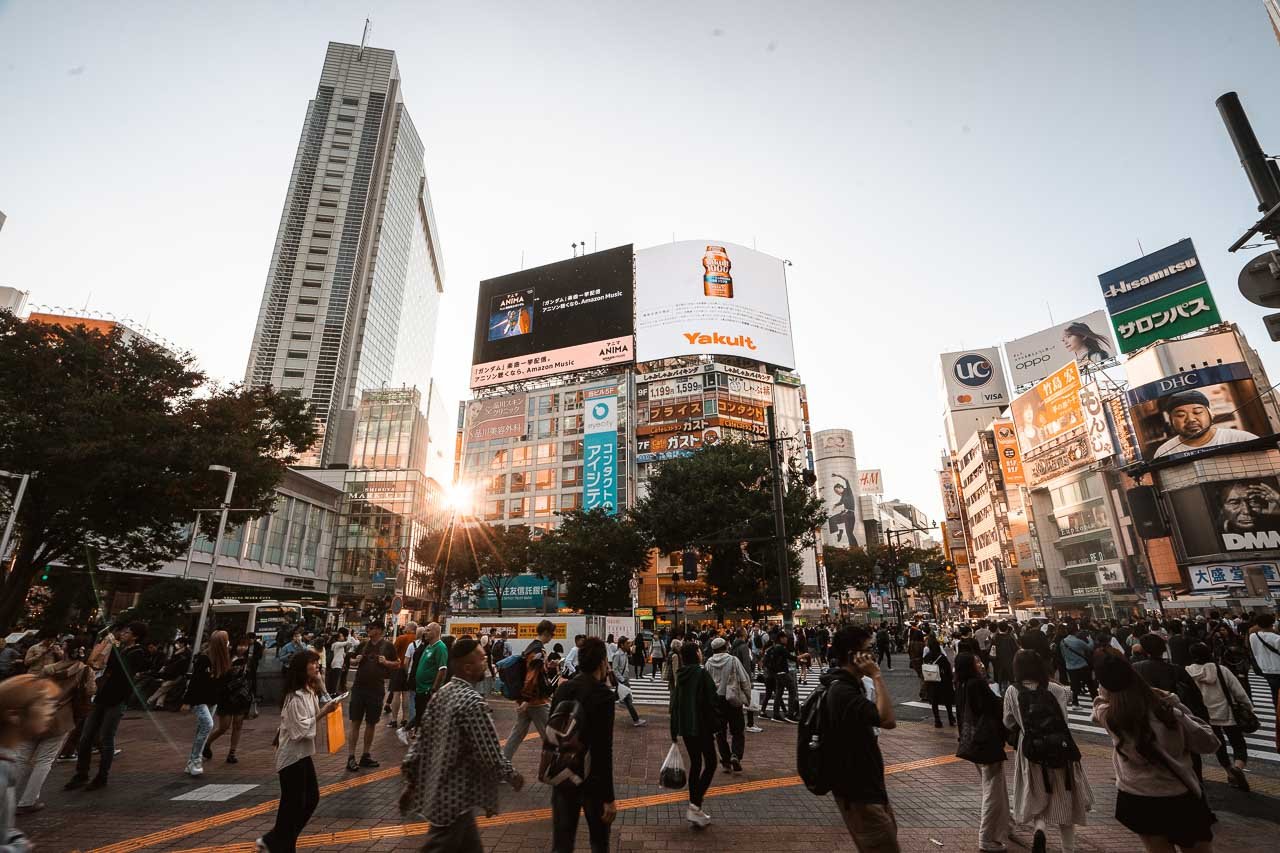
See Shibuya Crossing from above
After crossing the intersection in all directions, we highly recommend you to take the elevator to see Shibuya Crossing from above. There are two options to go to, the first one which we did, is the viewing deck of the shopping complex building MAGNET by Shibuya 109. From here you have a really nice view (see photos below) and you can pay for a service that takes selfies with a remote camera.
Another option, which opened November 1, 2019, is the Shibuya Sky. This 360° open-air observation deck will definitely be the best and trendiest place to see the Shibuya Crossing from above. The moment we were in Tokyo, unfortunately, all tickets were sold out as it just opened. Shibuya Sky is located in the Shibuya Scramble Square, which is also the newest and highest building complex in Shibuya. Must do!
MORE INFO
about tickets for Shibuya Sky here


Stroll around the cozy Cat Street
We loved to stroll through the cozy Cat street, which connects Shibuya and Harajuku. Despite the name, the street has nothing to do with cats. No, Cat Street is Tokyo’s hipster paradise where you’ll find plenty of stylish cafes, trendy shops, and boutique stores. There is a super cozy, peaceful atmosphere in Cat Street which is lovely to walk around.
LOCATION
Cat street

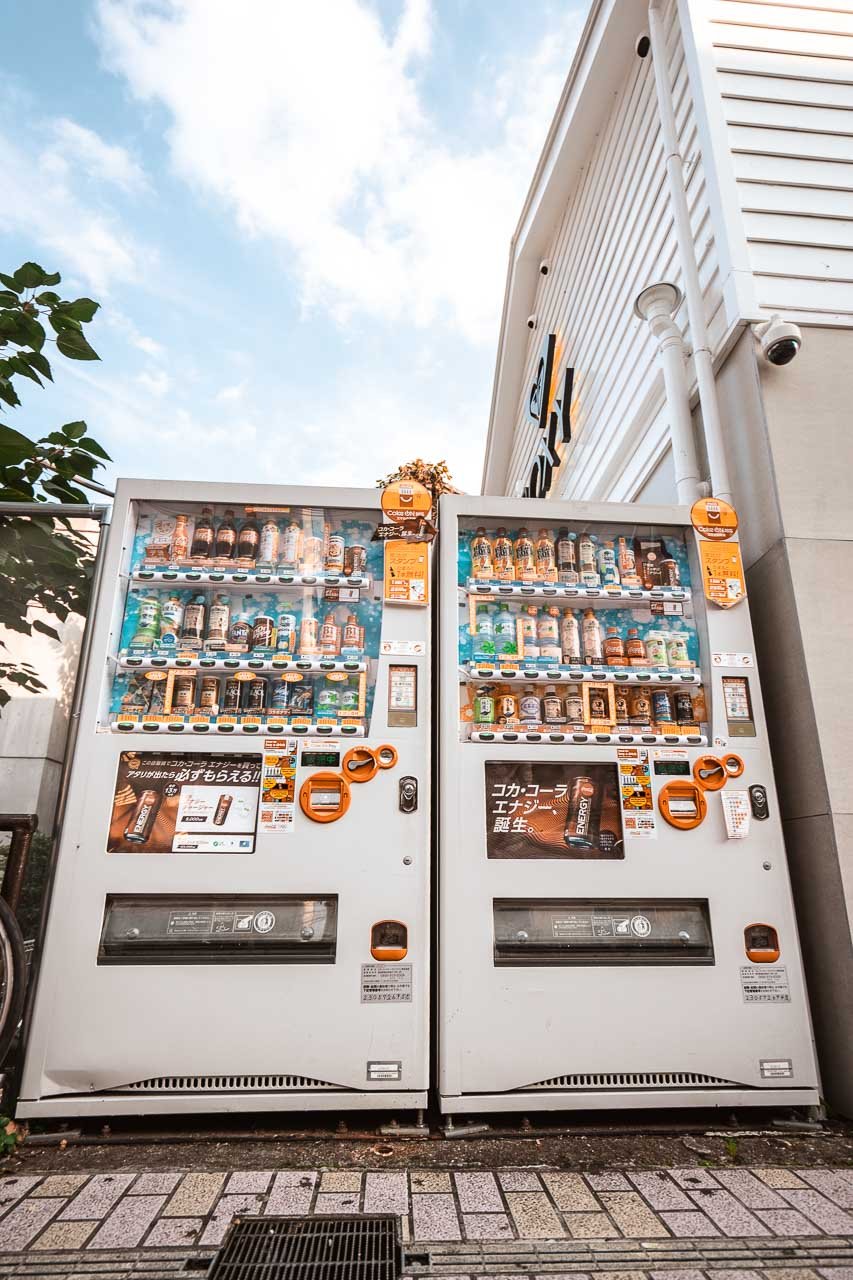

Grab lunch and walk around Yoyogi Park
A lovely place to have lunch and do some people-watching, that’s Yoyogi Park. As Tokyo’s largest city park, it’s divided into 2 big parts: one is a large open green space with lots of picnic spots, fountains, a bird sanctuary, and jogging/cycling paths. The other part is more a forest park with lots of greenery and where you can find the Meiji Jingu Shrine, one of Japan’s most famous shrines. If you’re in Tokyo on a Sunday you can watch groups of rockabilly dancers performing. So fun to see!
LOCATION
Yoyogi Park
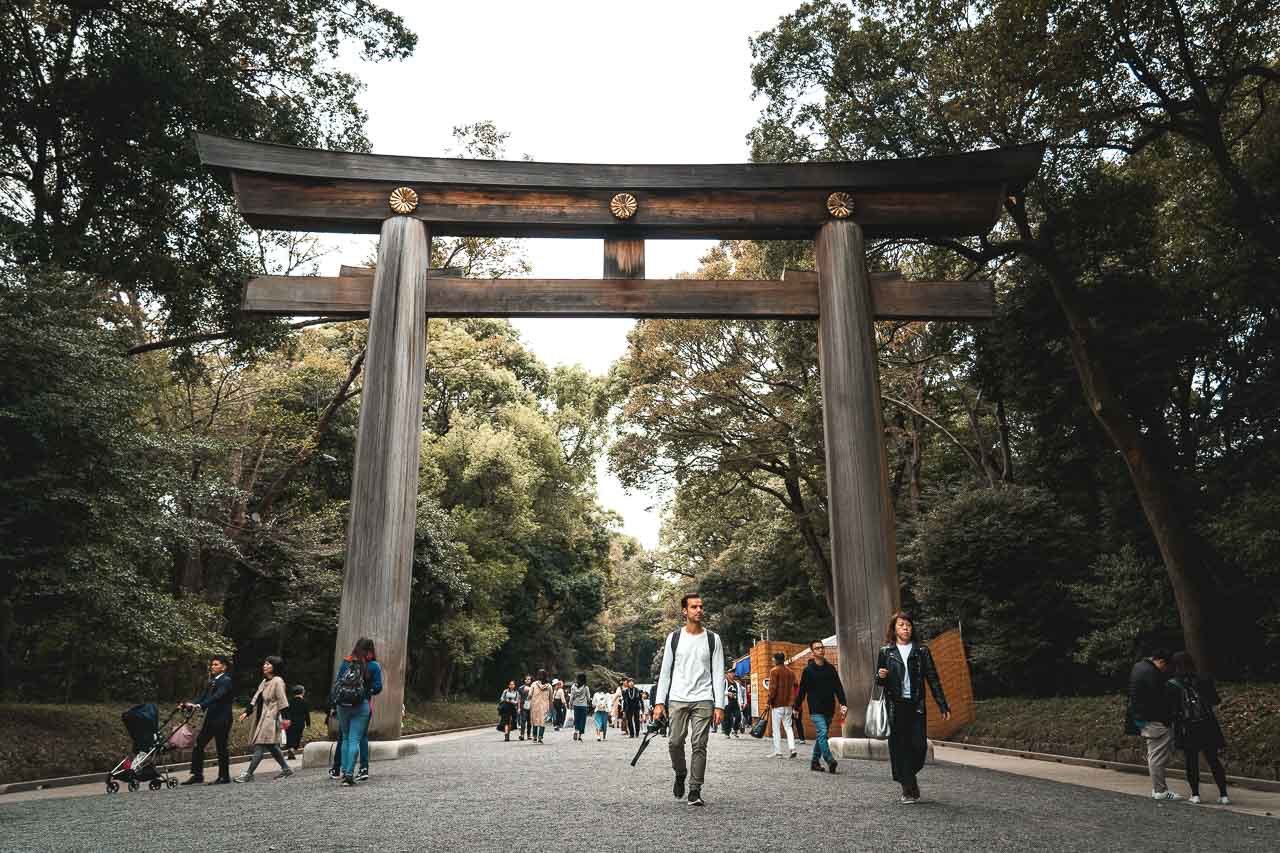


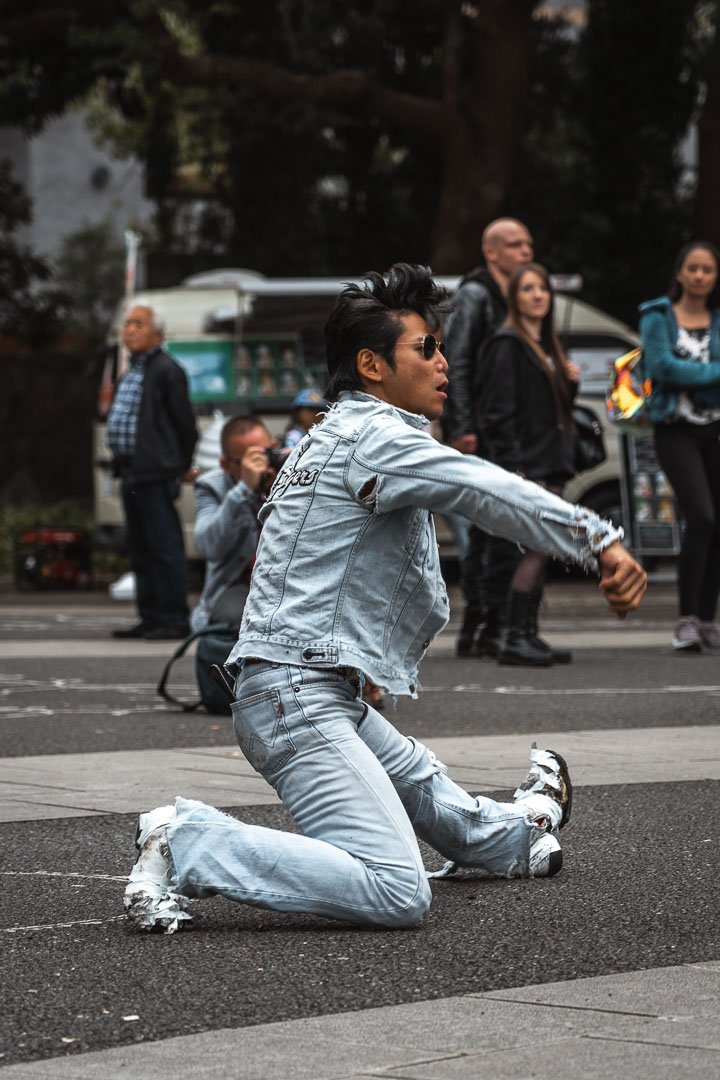
Check out Harajuku and Takeshita Street
Just across the entrance of Yoyogi Park, you’ll find Takeshita Street, which is a great starting point to check out the area of Harajuku. Harajuku is a very famous trendy area between Shibuya and Shinjuku and known as the heart of the Japanese youth culture and street fashion scene. We started in Takeshita Street, where you’ll find lots of colorful stores, all types of Lolita girls and the famous crepe stalls. If you walk through Takeshita Street, you’ll also find plenty of cozy streets filled with trendy shops and restaurants. Count at least 2 hours to explore this area, you’ll love it!
MUST SEE
Totti Candy Factory, Tokyo’s most iconic candy shop
Madosh! Cafe, an vegan/vegetarian-friendly spot with a lovely atmosphere
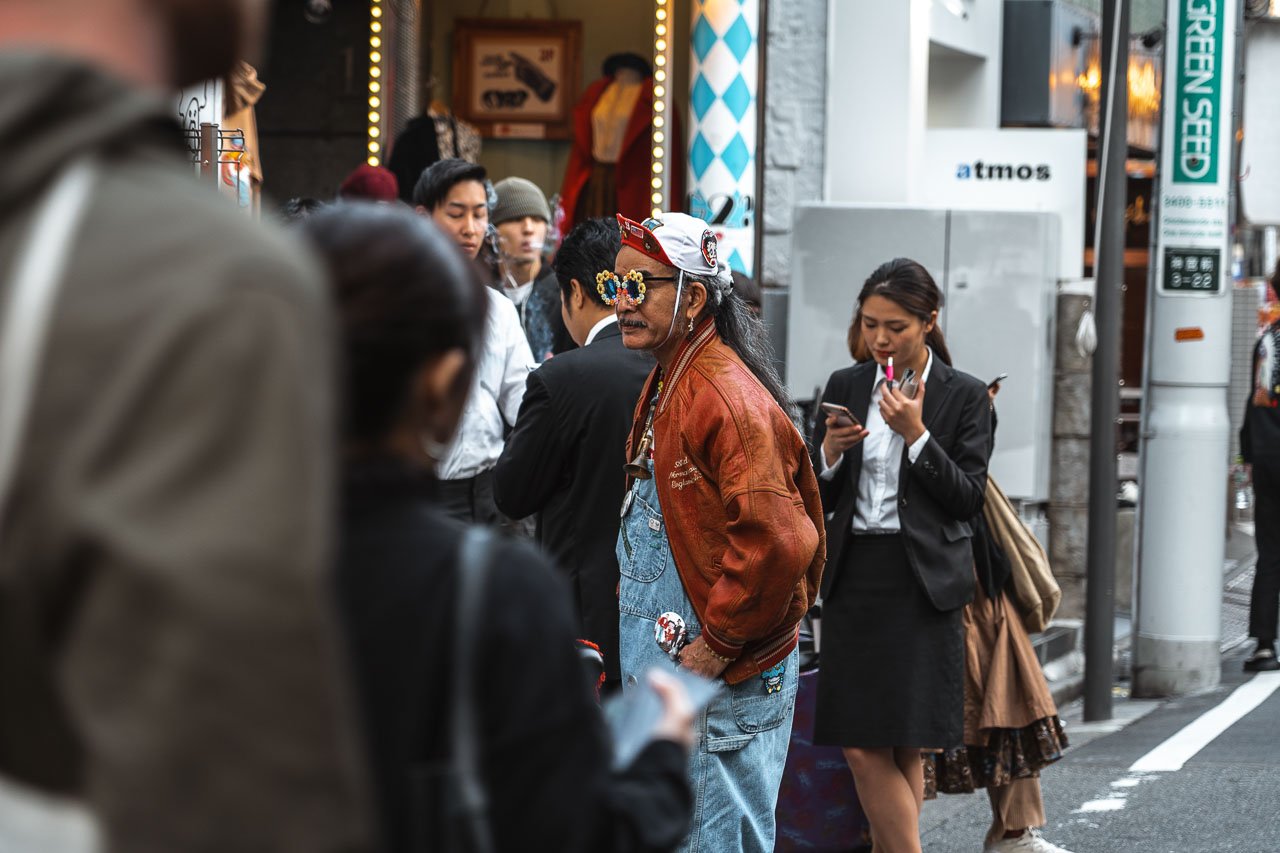
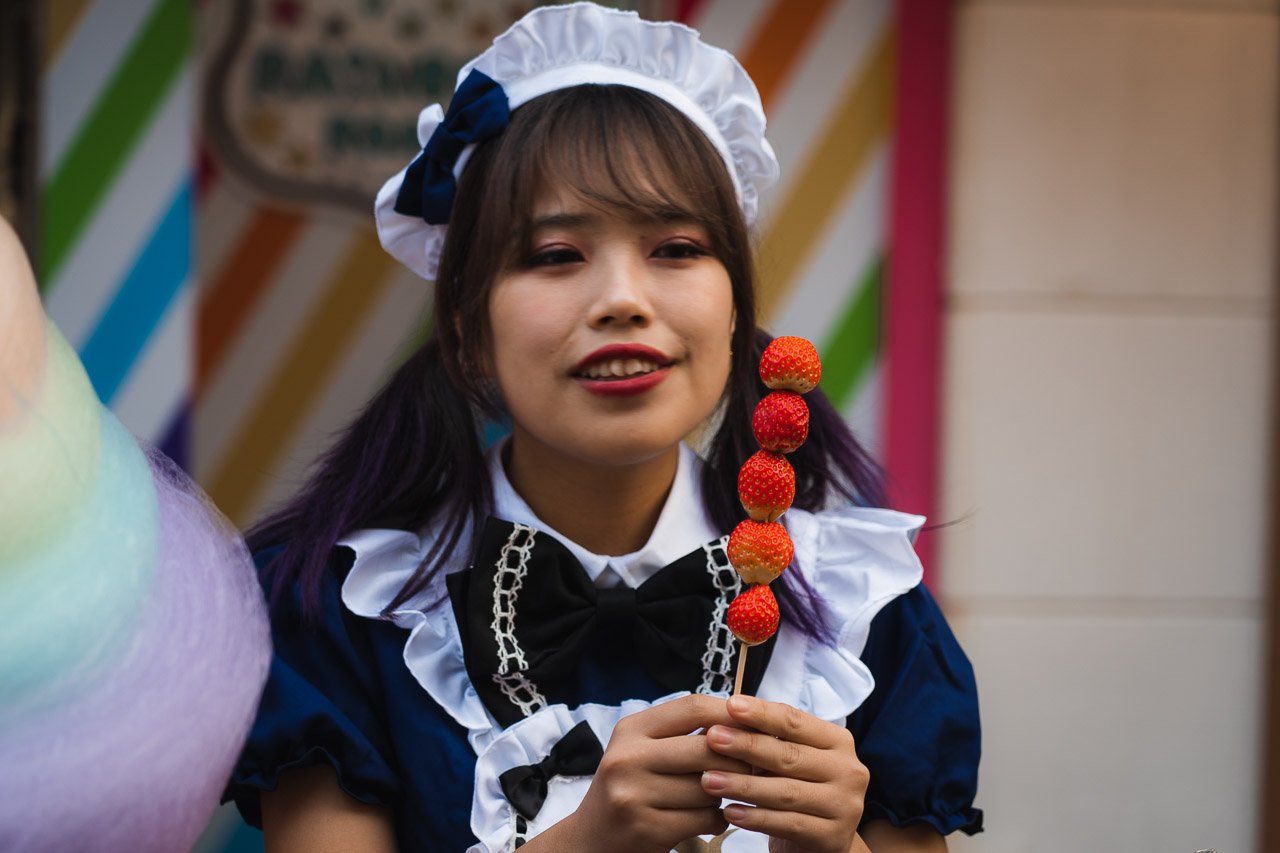
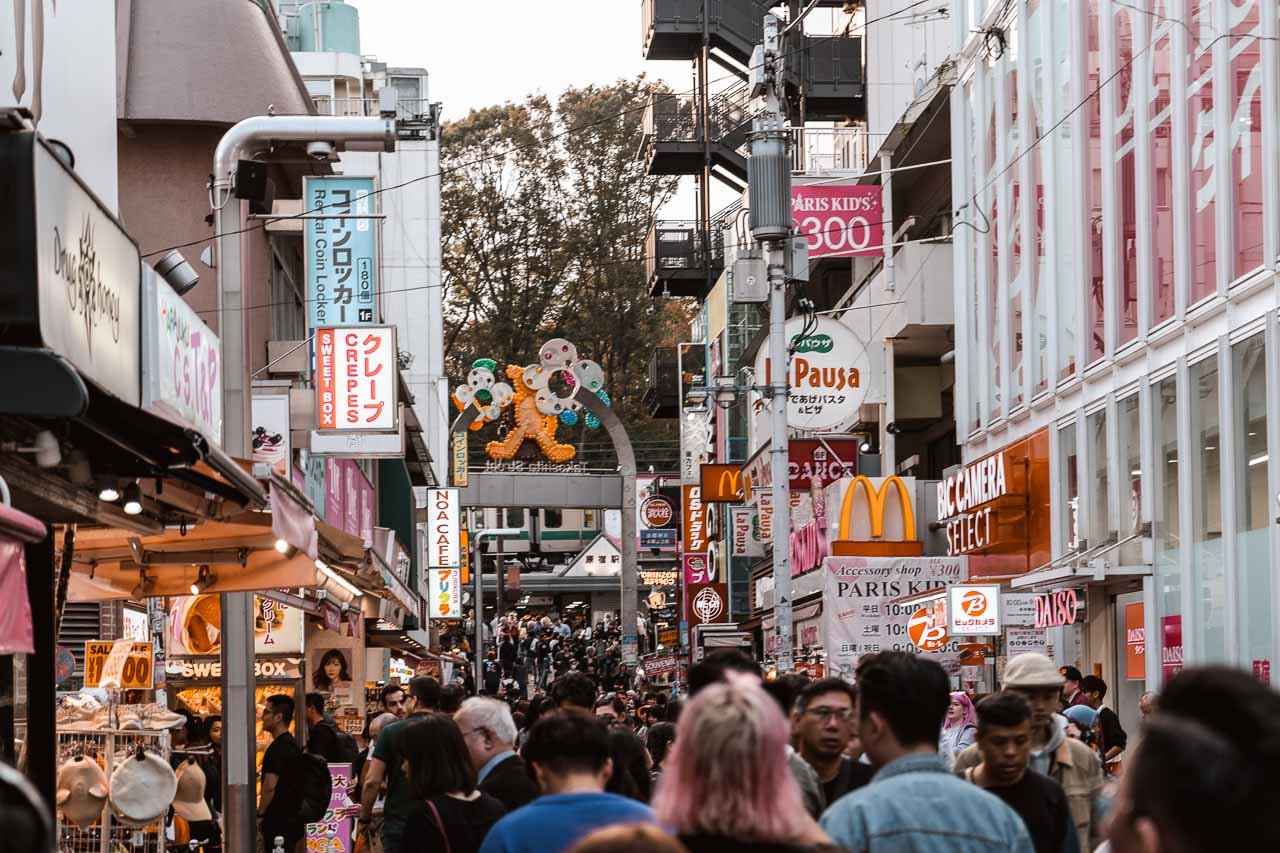
For more shopping head to Omotesando
If you’re into more shopping be sure to head to the area of Omotesando. In Omotesando, you’ll find lots of modern brand stores, luxury shops, and shopping malls. As we didn’t go to Tokyo for shopping, we didn’t spend a lot of time here and only stopped for a moment at the Tokyu Plaza Omotesando building where you have the mirrored escalator.
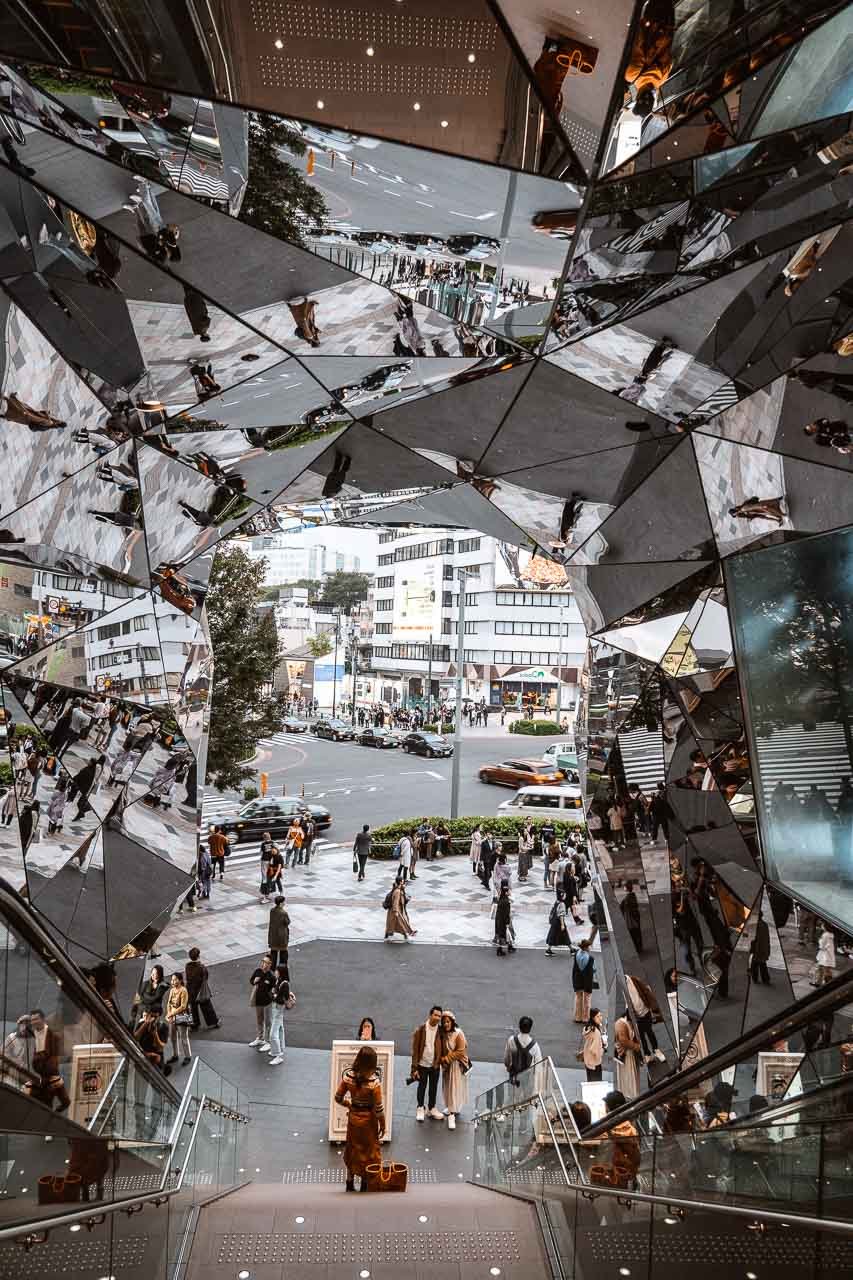

5-day Tokyo itinerary: Day 2
Tip: get a PASMO or Suica card where you can top up money to use all metro, subways, and JR train lines in Tokyo. There is no difference in cards, the only difference is where you purchase them. PASMO is sold at almost every private railway station, subway station, or bus depot in Tokyo while Suica can only be purchased at the major JR East Station. We took a pre-loaded PASMO with JPY 2000 per card ($18,5).

Enjoy stunning views from the Tokyo Metropolitan Government Building
First stop of the day: the Tokyo Metropolitan Government Building, a huge complex with two impressive towers located in Shinjuku’s business district. Each tower has a panoramic observation deck where you can enjoy stunning views over Tokyo’s city center and even Mt. Fuji on a good day. There are some shops and restaurants and the best part of all: it’s completely FREE to visit! It’s a very popular place to go to, so we recommend you to go as early as possible (opens at 9.30 am) or late in the evening. (last elevator at 10.30 pm)
COST
No entrance fee
TIP
Go as early as possible to the Tokyo Metropolitan Government Building to avoid long queues. We arrived here at noon and had to wait a few hours before we could take an elevator up so we finally decided to skip it.
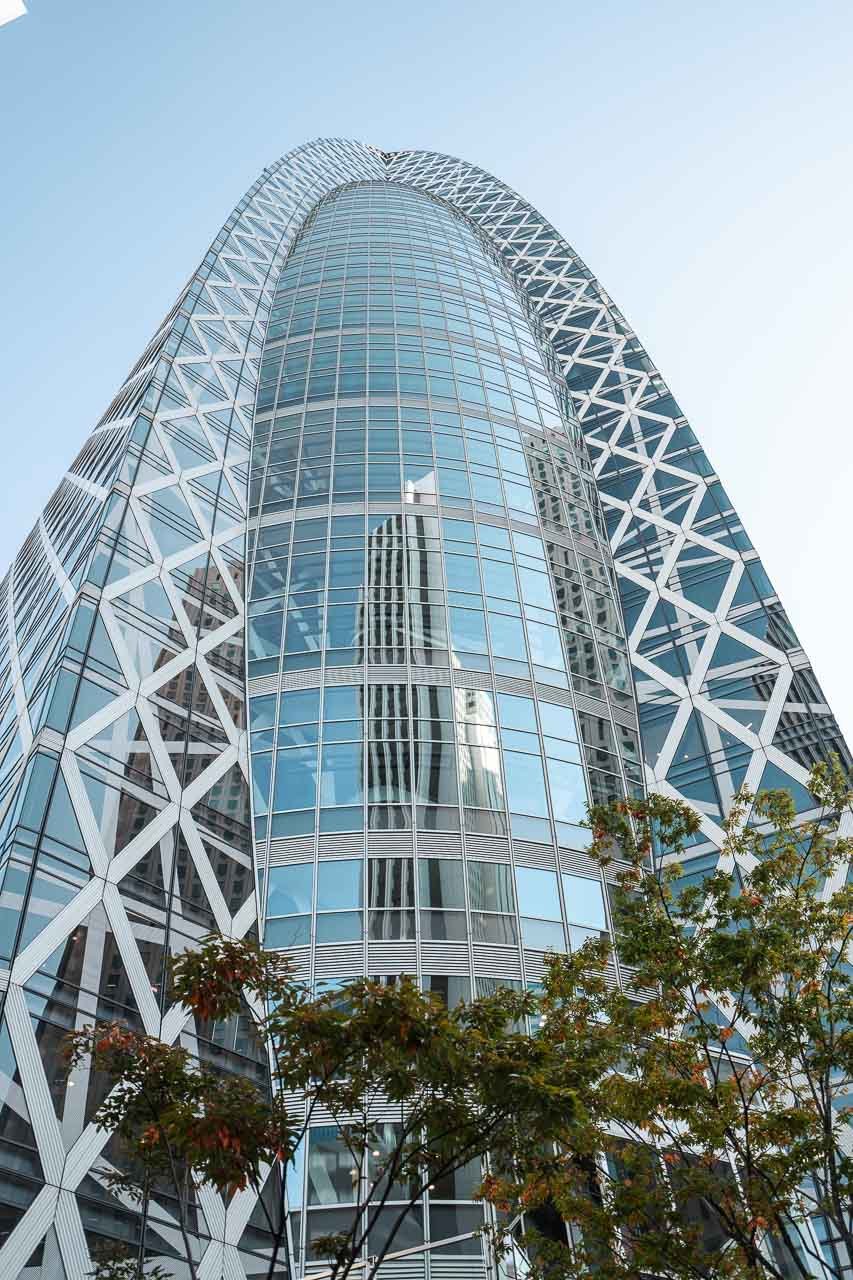

Visit the Shinjuku Gyoen National Garden
20 minutes by foot or 5 minutes by subway, you’ll find the Shinjuku Gyoen National Garden, which is a super peaceful and beautiful place located in the heart of the city. There are three different types of gardens (French, English, and Japanese) and the park has a beautiful large pond. It’s a very famous place in Tokyo to relax and escape the crowds. Especially during the cherry blossom or maple season, this place can’t be missed!
COST
JPY 500 per person entrance fee

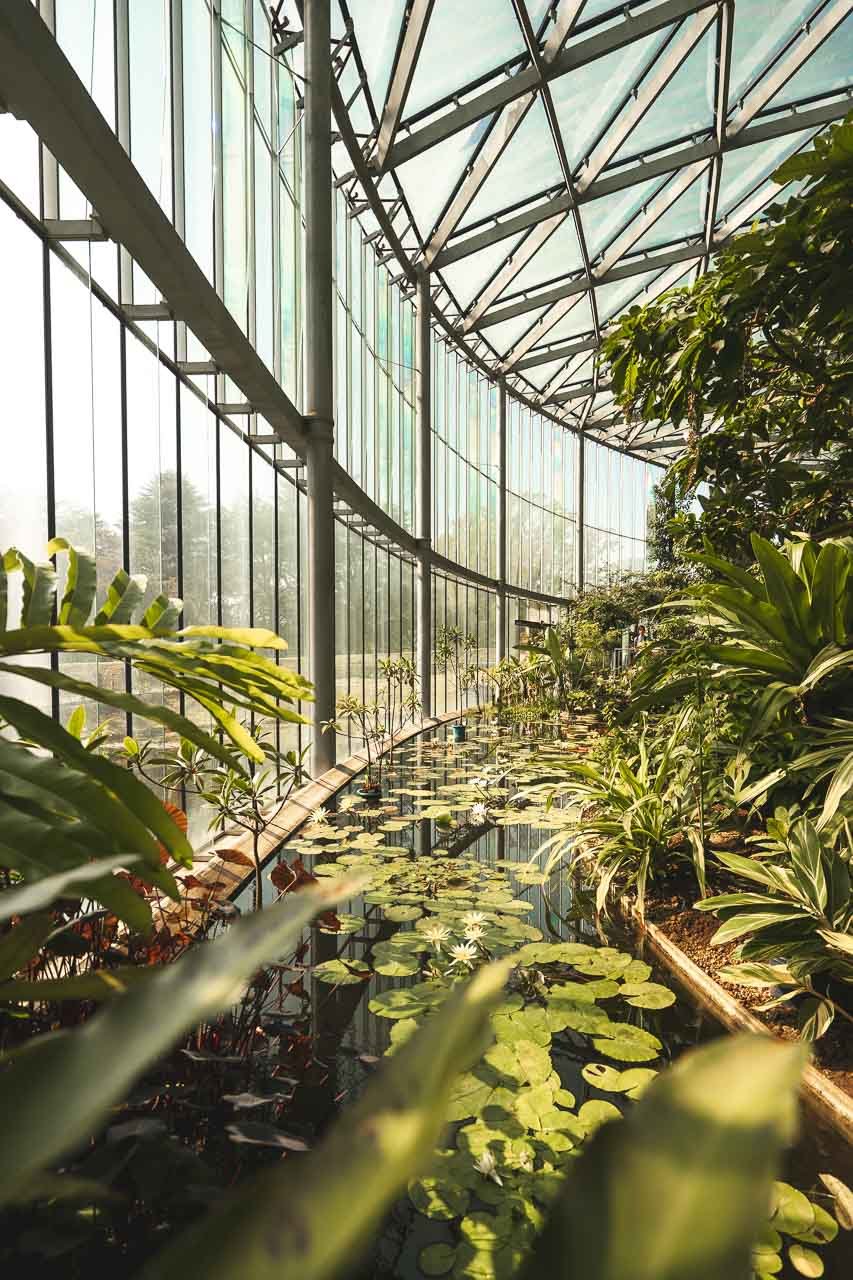
Shoot the tiny izakayas in Omoide Yokocho (aka Piss Alley)
One of our favorite places in Tokyo to spend some hours of shooting! Omoide Yokoche or also knowns as Piss Alley (or Memory Lane) is a very small alley filled with cute tiny local restaurants and izakayas (typical Japanese bars). It can be hard to find it at first, but the moment you enter Piss Alley you will feel like you’re going back in the past. A true (hidden) gem and a great place to have lunch with the locals! We went by foot from the Shinjuku Gyoen National Garden and took us around 15 minutes.
VEGAN TIP
Cococurry is the only place in Piss Alley where you can order a vegan/vegetarian noodle or rice plate
LOCATION


Wander around the streets of Kabukicho in Shinjuku
After having lunch, we went to Kabukicho District, Tokyo’s famous nightlife and red-light district located in Shinjuku. All the streets here are filled with colorful lights, robot restaurants, love hotels, and bars. We loved walking around here in the afternoon even though there would be much more to do at night.
If you’re a Godzilla fan, head to the big movie theatre “Toho Cinema”. On the top of the roof, you’ll find the giant Godzilla Head which can be seen from far away. You can also get up close by taking the elevator to an overlooking terrace and take some selfies with it.


Wander around the streets of Shinjuku Golden Gai
Ending day 2 with wandering around the streets of Shinjuku Golden Gai. You can compare Golden Gai a little bit with the iconic Piss Alley, but then more like a labyrinth filled with all small narrow alleys and cute little bars. It’s the perfect place to go to during the evening or when you fancy a drink with the locals.
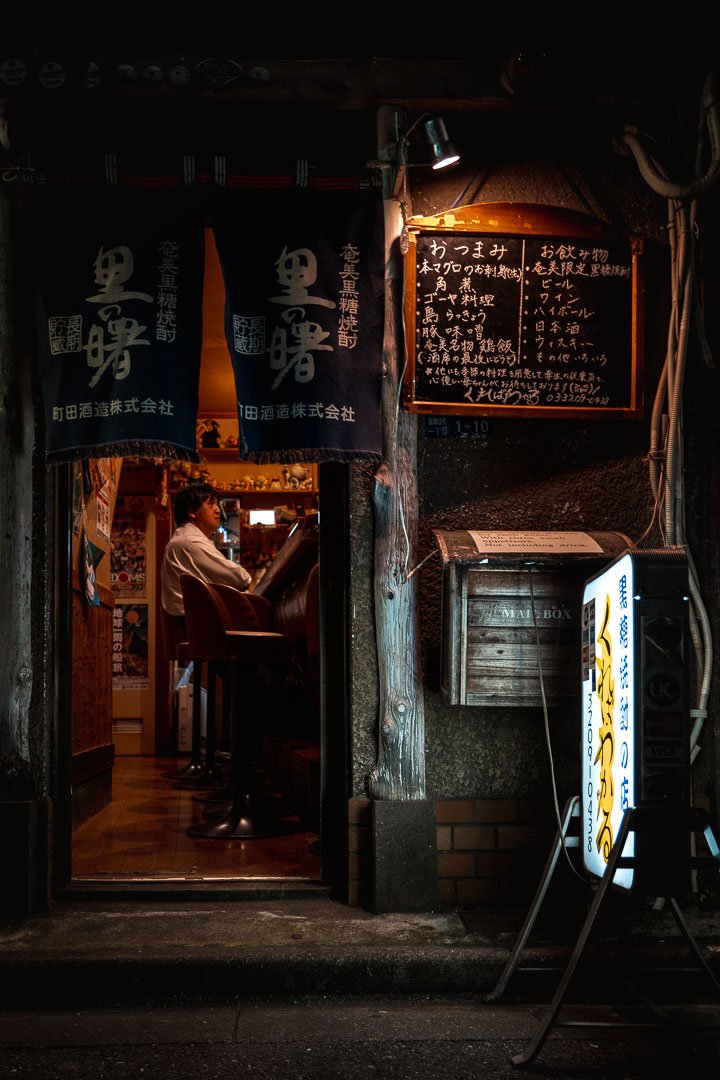
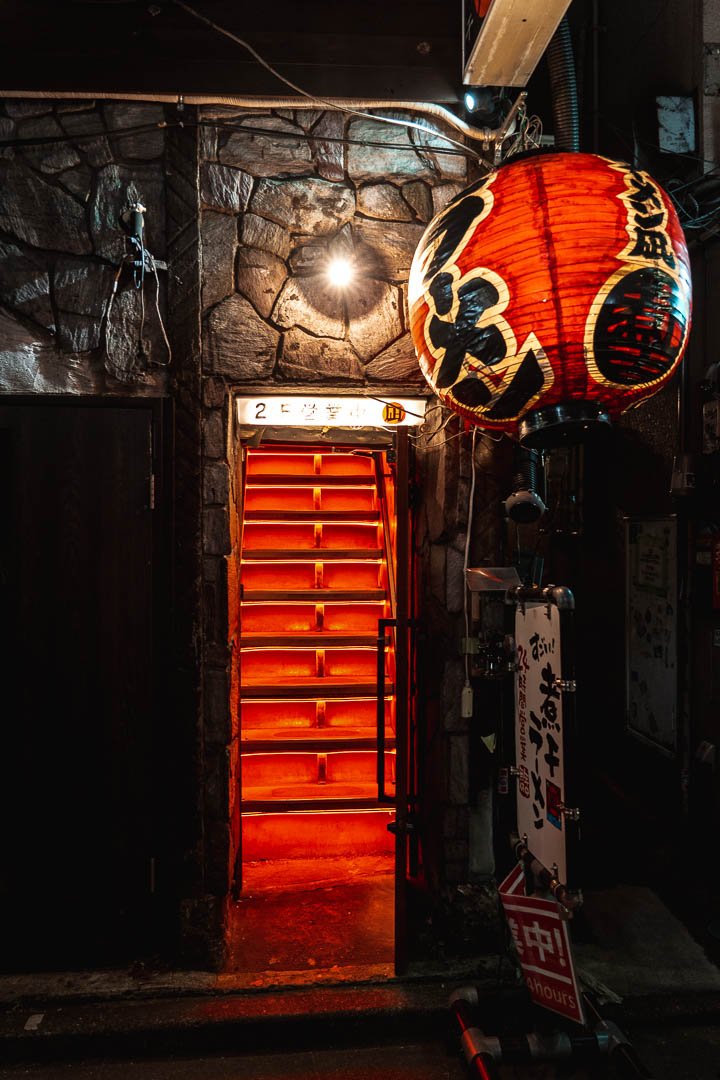
5-day Tokyo itinerary: Day 3
Day 3 we visited the famous Sensoji Temple, strolled around some beautiful parks and visited is all about exploring Chinatown, going shopping, and watching the beautiful light show at Gardens by the Bay.
Tip: get a PASMO or Suica card where you can top up money to use all metro, subways and JR train lines in Tokyo. There is no difference in cards, the only difference is where you purchase them. PASMO is sold at almost every private railway station, subway station, or bus depot in Tokyo while Suica can only be purchased at the major JR East Station. We took a pre-loaded PASMO with JPY 2000 per card ($18,5).

Senso-Ji Temple
We think it’s safe to say that Senso-Ji Temple is definitely one of the most iconic temples in Tokyo. Thi beautiful Buddhist temple is famous for its large red lantern hanging at the entrance gate and its nostalgic atmosphere. Senso-Ji Temple is the oldest temple in whole Tokyo, so definitely worth a visit! Go earlier then we did (before 8 am) as it’s a super crowdy place to have the site for your own. Nevertheless, we loved walking around the crowds, passing by the small food stalls, and soaking up the atmosphere.
COST
The Senso-Ji Temple is free of the entrance but you can book a guided tour here to learn more about the history and culture
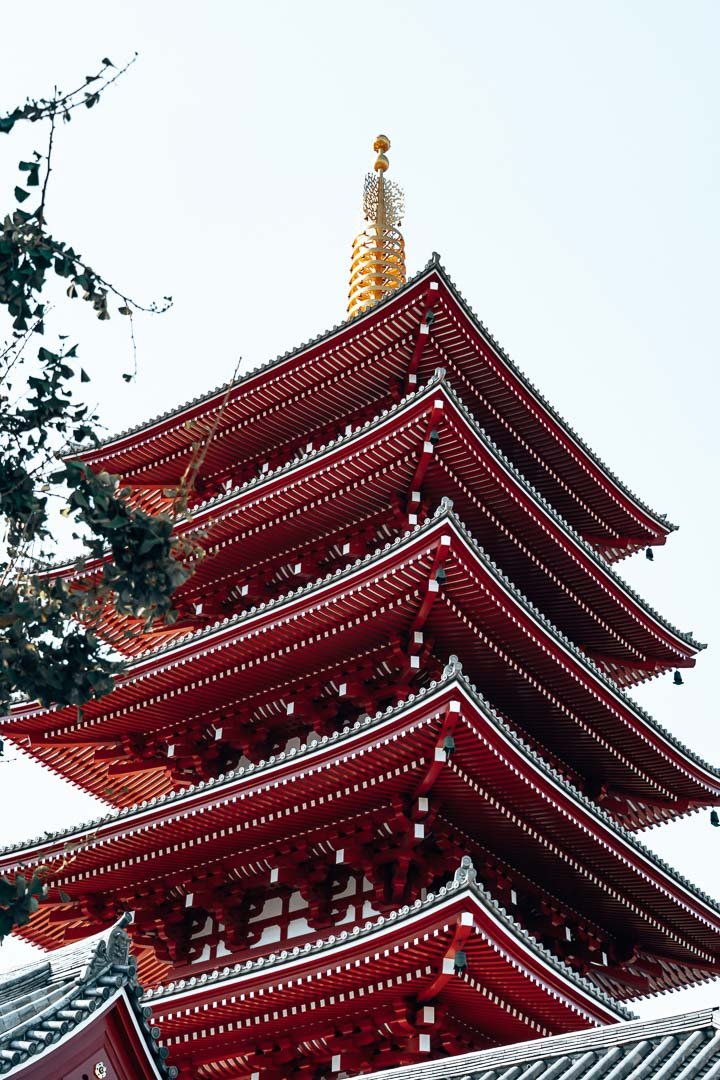

Sumida Park
Only 200 meters from Sensoji Temple, you have Sumida Park which is located along the Sumida River. It’s a lesser-known green space, but definitely worth going to. We pinned it on our map without knowing how it would be like and we absolutely loved the views we had of the Tokyo Skytree from here. Sumida Park is the perfect place to sit, enjoy the views, and have a coffee or tea.
TIP
Visit both sides of Sumida Park along the river by walking across the bridge.
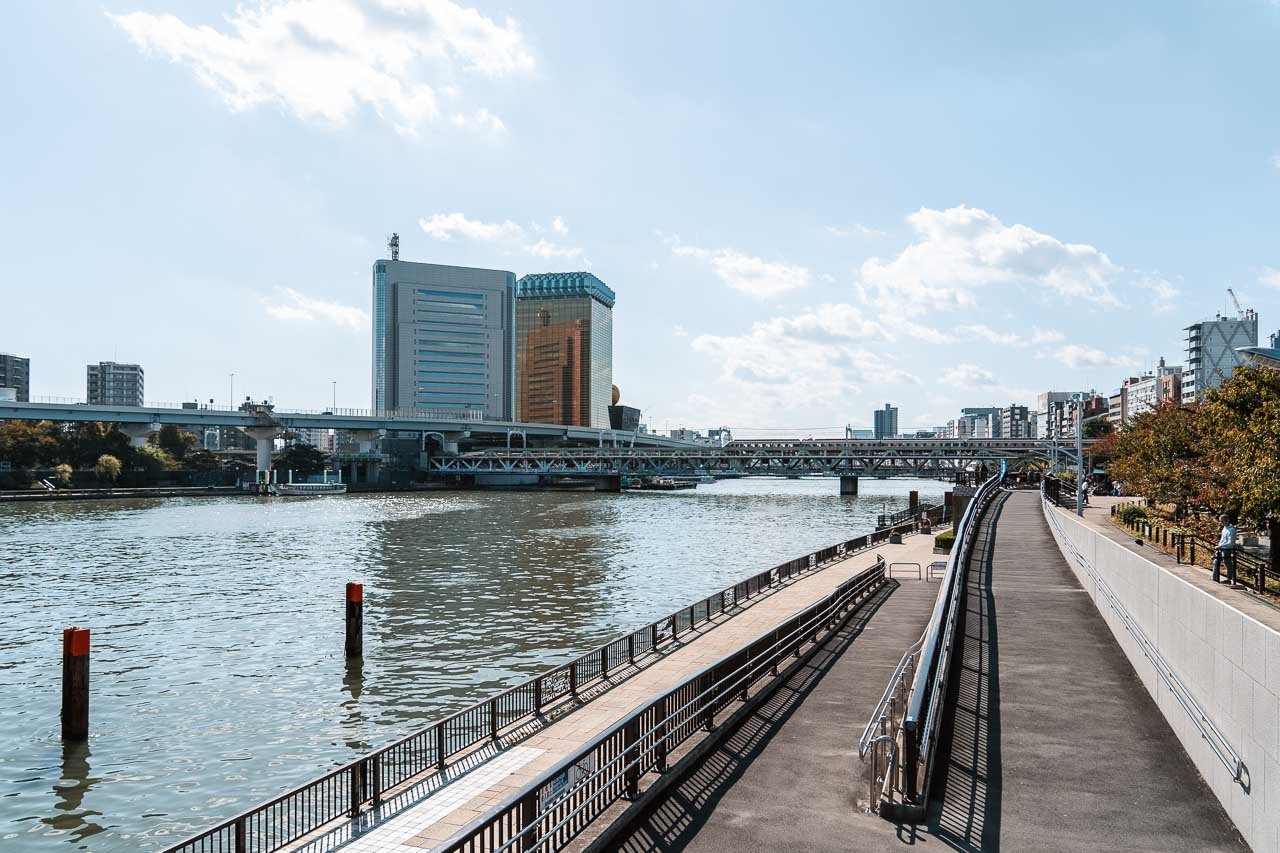

Tokyo Skytree
As Tokyo Skytree is located right next to Sumida Park (5-minute walk), it would be the perfect stop to do afterward. Tokyo Skytree is the world’s tallest tower with a height of 634 meters and has several floors where you can experience different stunning views over the city. We didn’t go up by ourselves as we decided to do only one observation deck (the one of Roppongi Hills) but we highly recommend not skipping it if you have the budget and like having breathtaking city views.
COST
There are different types of tickets (depending on the floors you want to visit or if you want to skip the lines), but prices are ranging from JPY 2100 per person ($20) to JPY 4200 per person ($40).
BOOK
Here your tickets for Tokyo Skytree in advance
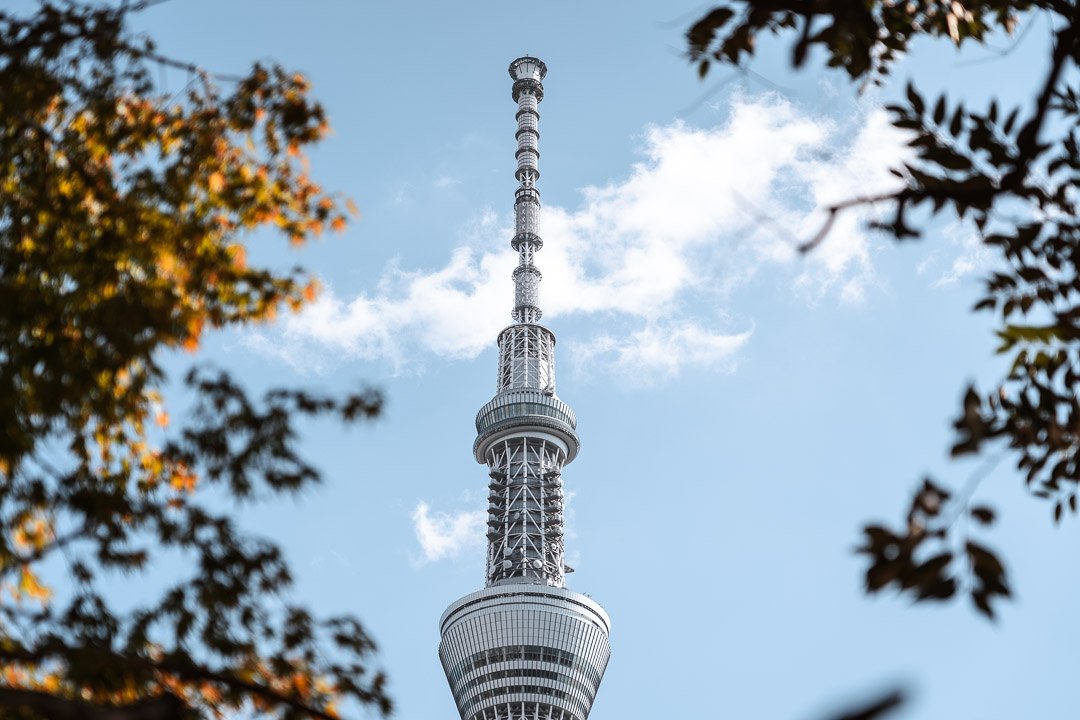
Ueno Park
Ueno Park is an attraction on itself and we loved to come here to have lunch. In Ueno Park, you will find museums, art galleries, temples, shrines, playgrounds which makes you can easily spend a few hours walking here. In the middle of the park, there is a huge pond called ‘Shinobazu Pond’ which is beautiful to walk around.
COST
Free entrance
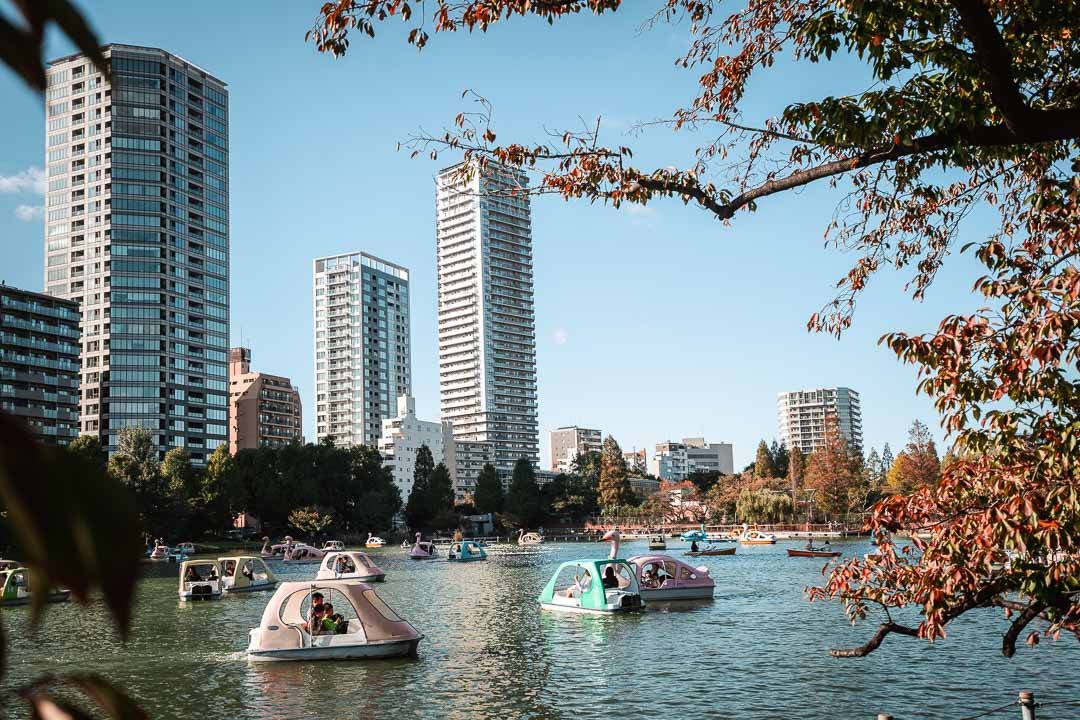
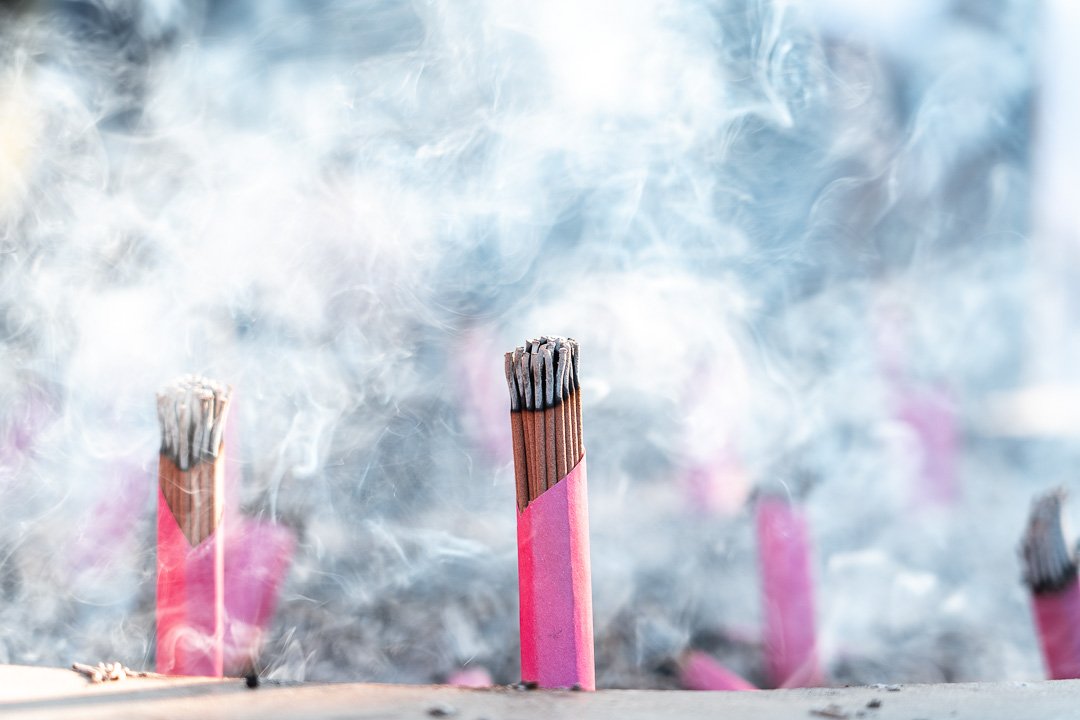
Visit the Imperial Palace
Another beautiful place in Tokyo you definitely need to see is the Imperial Palace, where the imperial family lives. You can’t visit the palace itself or you need to book a guided tour, but the highlights when you visit the Imperial Palace are definitely the East Gardens and the beautiful Edo Castle. There are different gates to enter the site, but if you want to take pictures from Edo Castle (like we did) you need to go to the NijuBashi Bridge.
COST
The Imperial Palace and the inner grounds are closed to the public (except for reserved guided tours from Tuesdays to Saturdays) but you can still visit the East Gardens which are free to visit.
TIP
Don’t miss the west side of the palace where you find the “Sakura viewpoint” (opposite of Kitanomaru Park). It’s a very famous viewpoint during the cherry blossom season with hundreds of cherry trees and beautiful views of the city. You can also rent a kayak here and paddle on the river. Must-do!
BOOK
Here a guided tour in advance
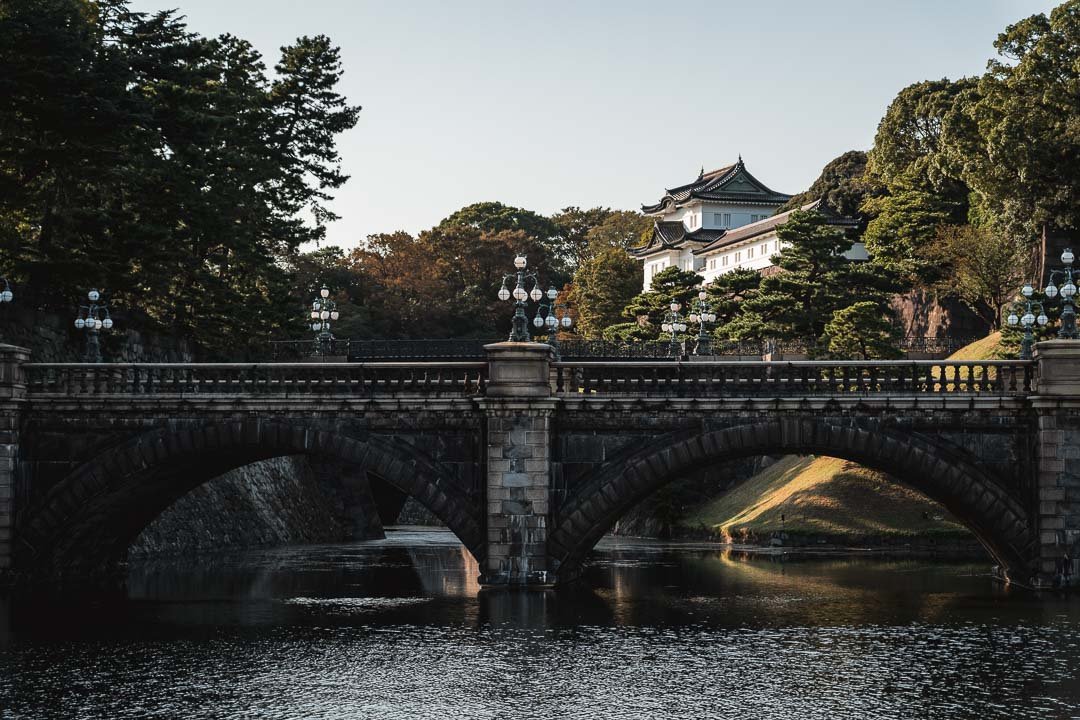

End the day in the electric town of Akihabara
We end day 3 in the iconic Akihabara, Tokyo’s electric town. Akihabara is known for its colorful neon lights and many electronic shops. Especially during the evening and night, this is a very cool place to hang out and just look your eyes out. Pop in some of the crazy anime shops, spot the maids, drive through the city in a real-life Mario Kart or shop some cheap electronics. Akihabara is also the place where you can experience a real Japanese maid cafe. Enough fun things to do to fill up your evening.
BOOK
A real-life Mario Kart tour here or a Maidreaming Maid Cafe experience here


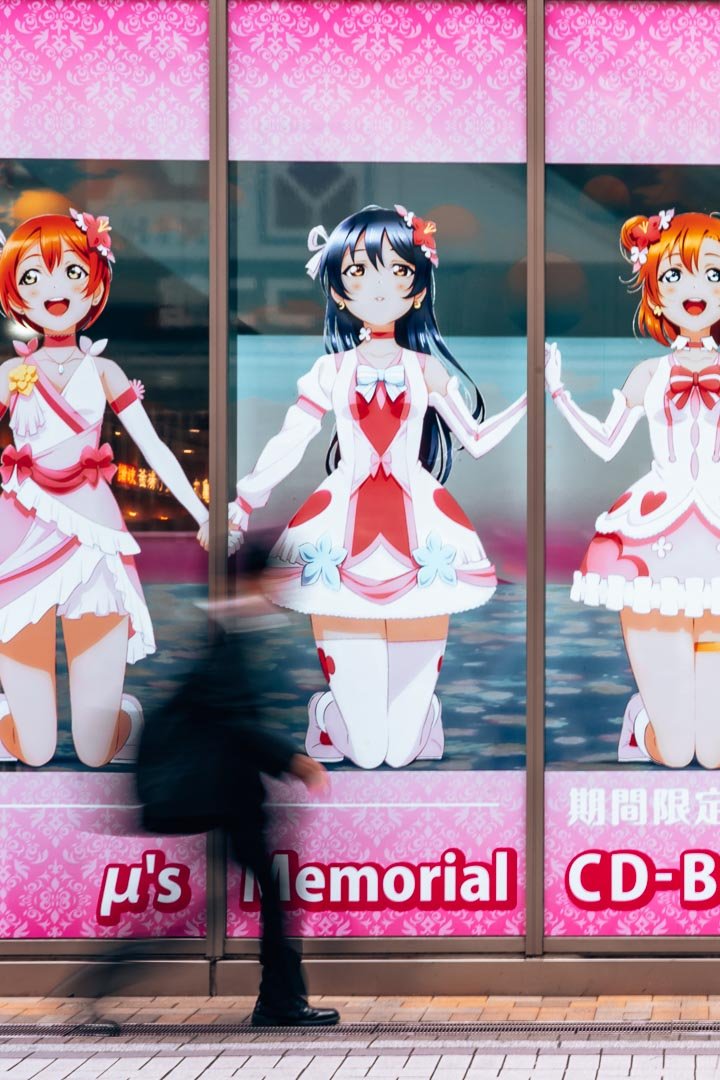
5-day Tokyo itinerary: Day 4
Day 4 we visited the connected island of Odaiba where you find the Digital Art Museum, a giant robot statue, and lots of other Instagrammable photo spots. We took the subway Afterwards we headed Tokyo Tower and end the day with an amazing sunset from the rooftop deck of Roppongi Hills.
Tip: get a PASMO or Suica card where you can top up money to use all metro, subways, and JR train lines in Tokyo. There is no difference in cards, the only difference is where you purchase them. PASMO is sold at almost every private railway station, subway station or bus depot in Tokyo while Suica can only be purchased at the major JR East Station. We took a pre-loaded PASMO with JPY 2000 per card ($18,5).
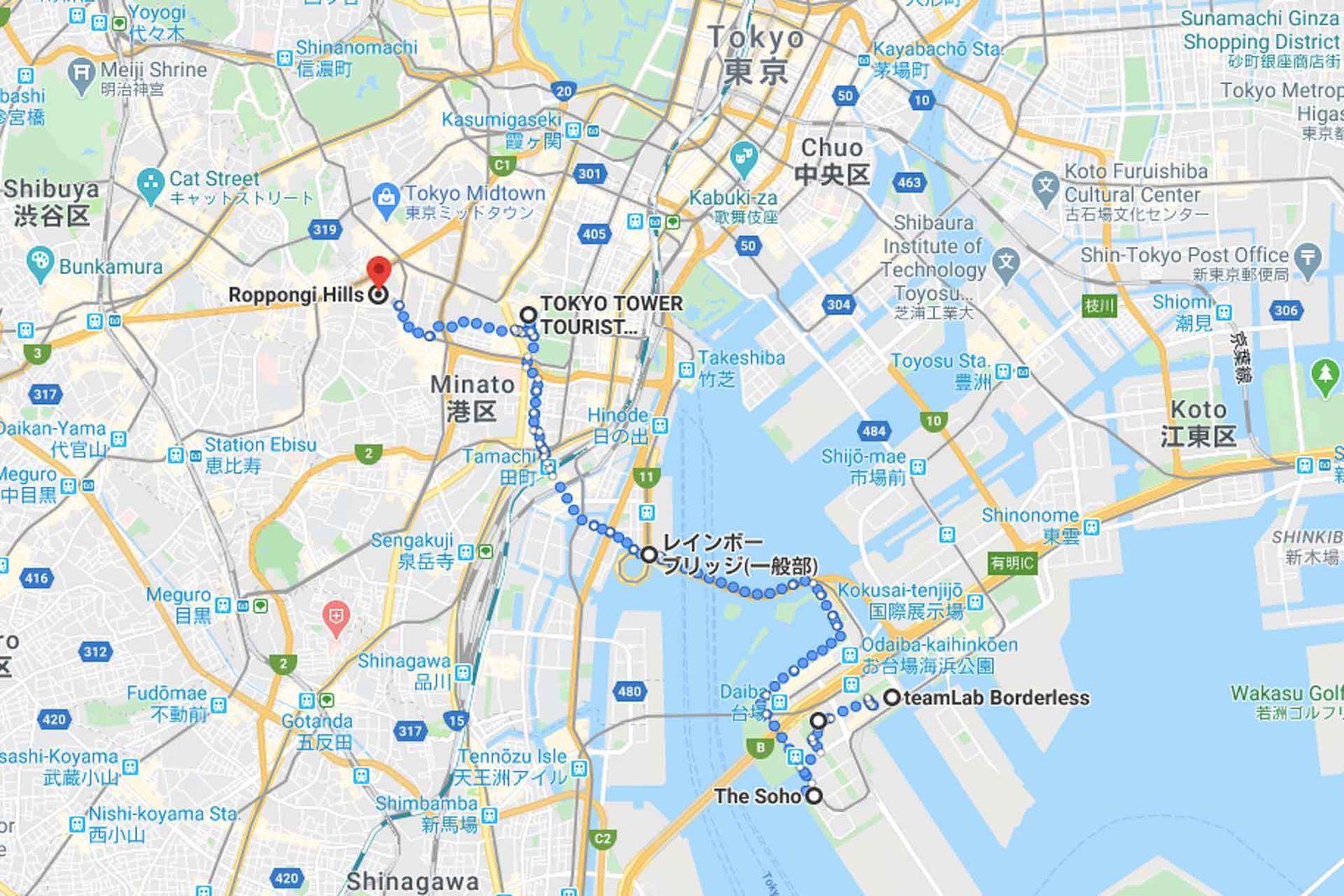
Step into a world of fantasy at TeamLab Borderless
When you’re into art or love to discover Instagrammable places, be sure to add the TeamLab exhibitions onto your list. There are two different exhibitions; teamLab Borderless and Planets (open until fall 2020), both located in the Digital Art Museum. With more than 10,000 square meters of space filled with impressive artwork, count at least a half-day to explore it all. The highlight is definitely the Infinite Crystal Universe, which is an interactive artwork filled with lights and where you can use your smartphone to move different elements.
(As we visited TeamLab in Singapore, we decided to skip it in Tokyo but nevertheless we still highly recommend to visit it!)
COST
Adults JPY 3200 (30$), Children JPY 1000 (10$)
BOOK
This skip-the-line ticket so you don’t need to queue the long waiting lines.
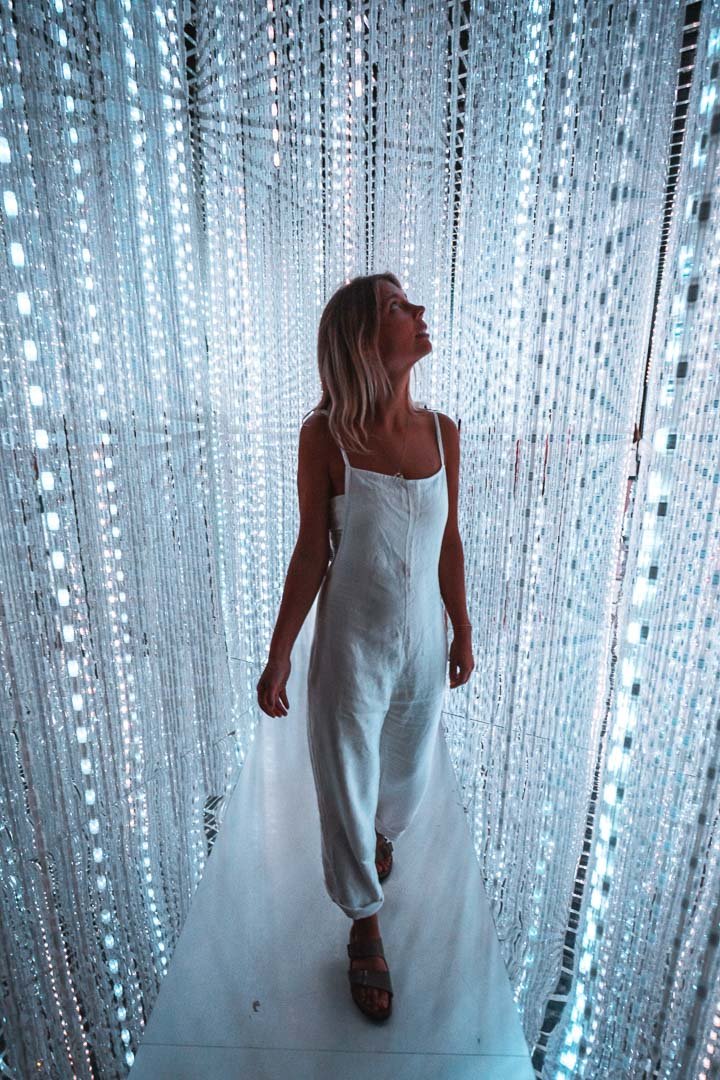

Walk to the giant Unicorn Gundam Robot
A 10-minute walk from TeamLab Borderless you’ll find the giant Unicorn Gundam Robot. Not only the walk there is lovely as you’ll be walking through a park where lots of happenings and events are organized, but you’ll have the DiverCity Tokyo Plaza shopping mall where you can shop famous brands like H&M and find plenty of restaurants.
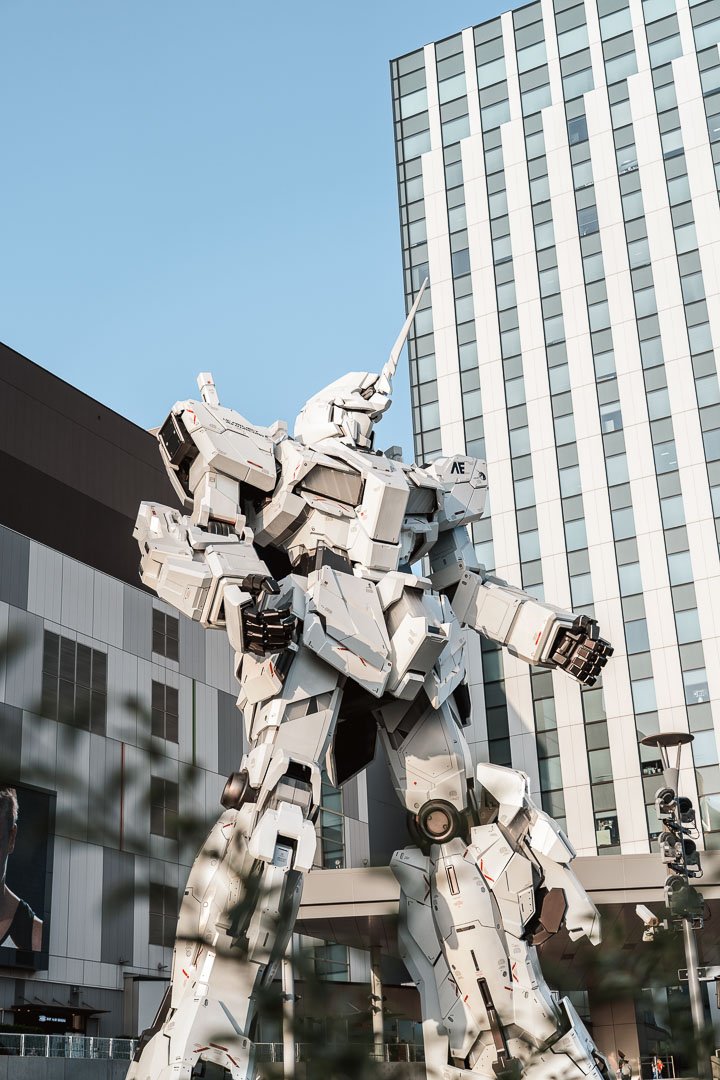
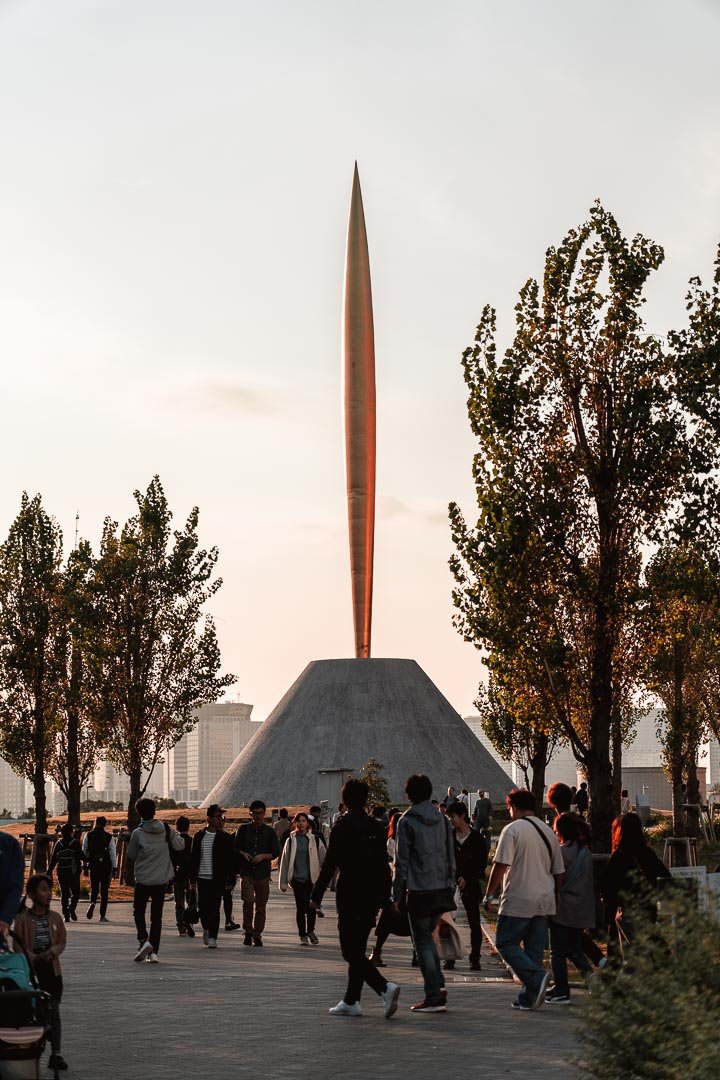
Make a photo stop at the colorful SOHO building
Everyone into photography, be sure to make a photo stop at the SOHO building. This shared workspace is home to 13 floors of offices ready for rent. The colorful doors and exterior are what this SOHO building makes so unique and super cool to shoot. Unfortunately, we weren’t aware that the building closes during the weekend, so we couldn’t go inside. But a big inspiration for us, photographer Jord Hammond, has an amazing picture of the building on Instagram which you can see below.
COST
Free entrance
Dit bericht bekijken op Instagram
Een bericht gedeeld door JORD | TRAVEL PHOTOGRAPHY (@jordhammond) op
Rainbow Bridge
Rainbow Bridge is a huge suspension bridge that connects Tokyo with the man-made island of Odaiba where you find the Unicorn Robot Statue and Digital Art Museum. You can either walk across the bridge to enjoy stunning views of the Tokyo skyline or take the Yurikamome line (like we did) to see the super cool metro tunnel.
COST
The Yurikamome Line is not covered by the Japan Rail Pass, so to use this line you’ll need to pay around JPY 330 per person extra one-way

Take some pictures in front of the Tokyo Tower
Next on the planning is the Tokyo Tower, a very famous building in Tokyo where you have a relaxed park just in front of it to take a break, escape the crowds and have a late picnic lunch.
BOOK
Your entrance tickets to climb up the Tokyo Tower in advance

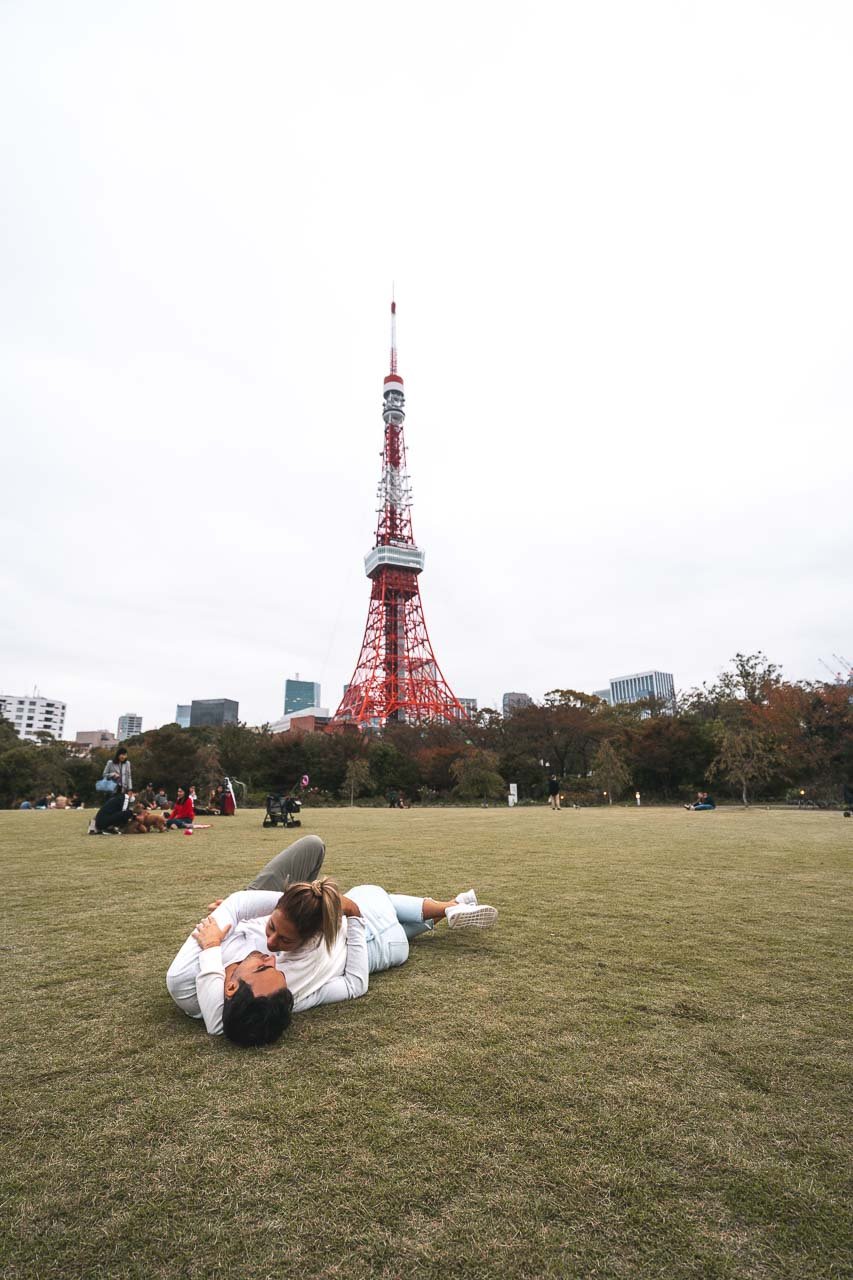
Enjoy stunning sunset city views on top of the Roppongi Hills
One of our absolute favorites places and things to do in Tokyo. The Roppongi Hills has an awesome observation deck where you can enjoy stunning views over Tokyo city center. We highly recommend to go late in the afternoon and stay until sunset as it’s just too magical to miss it. You can even see Mount Fuji on a clear day if you’re lucky.
COST
JPY 1500 (15$) per person entrance fee
BOOK
Your admission tickets in advance so you don’t need to wait in the lines


5-day Tokyo itinerary: Day 5
Day 5 is an extra day to either visit places you couldn’t do during the 4 days, to explore more of the different neighborhoods, or to take a day-trip to Hakone, Nikko, or Disneyland.
Tip: get a PASMO or Suica card where you can top up money to use all metro, subways, and JR train lines in Tokyo. There is no difference in cards, the only difference is where you purchase them. PASMO is sold at almost every private railway station, subway station, or bus depot in Tokyo while Suica can only be purchased at the major JR East Station. We took a pre-loaded PASMO with JPY 2000 per card ($18,5).
If you want to have fun, go to Disneyland Tokyo
Especially when you visit Tokyo with kids, visiting Disneyland is a great thing to do. It’s not only super fun, but it’s also the most popular theme park in Japan and the attractions are simply amazing. There are Disneyland and DisneySea to choose from, or if you have the luxury of time, you could do both.
BOOK
Your admission tickets to Disney Land Tokyo in advance to avoid long waiting lines.
If you want to see Mount Fuji on a day-trip: visit Hakone
Hakone is an onsen town where you can either spend the day relaxing in one of the healing hot springs or enjoy amazing views of Mount Fuji. We recommend more to spend at least one night in this area or in Kawaguchiko (where we stayed) to truly enjoy this beautiful area in Japan.
Read also: Japan in 3 weeks: travel route, guide + tips
BOOK
Discover Mt. Fuji and book a guided day-tour to Hakone in advance
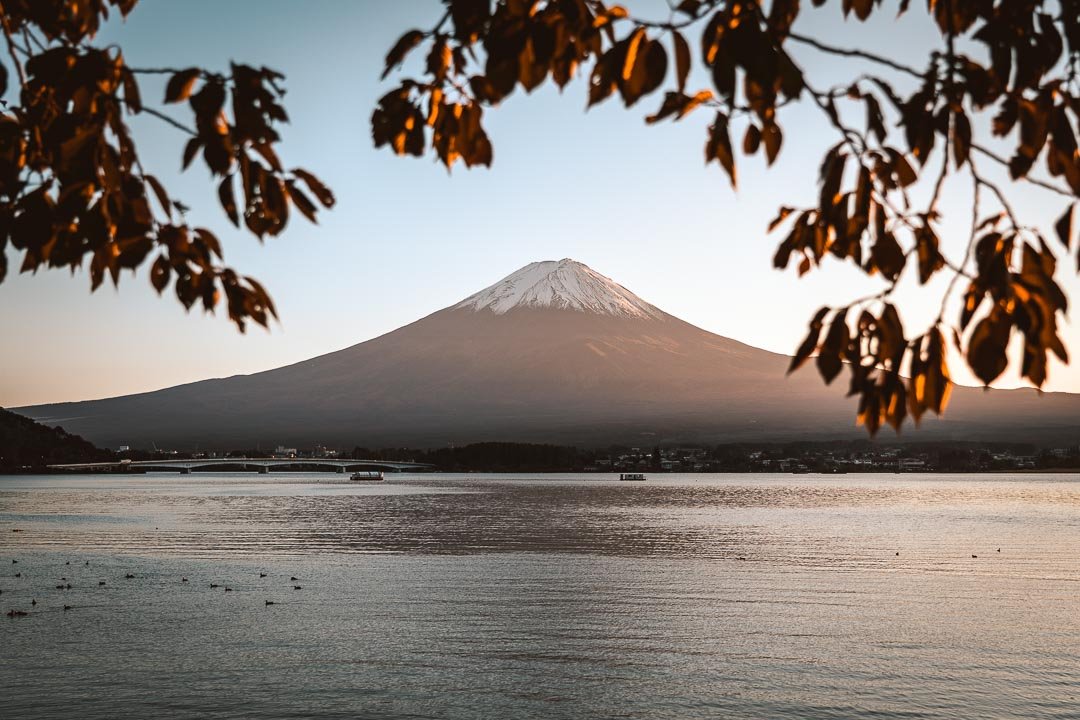
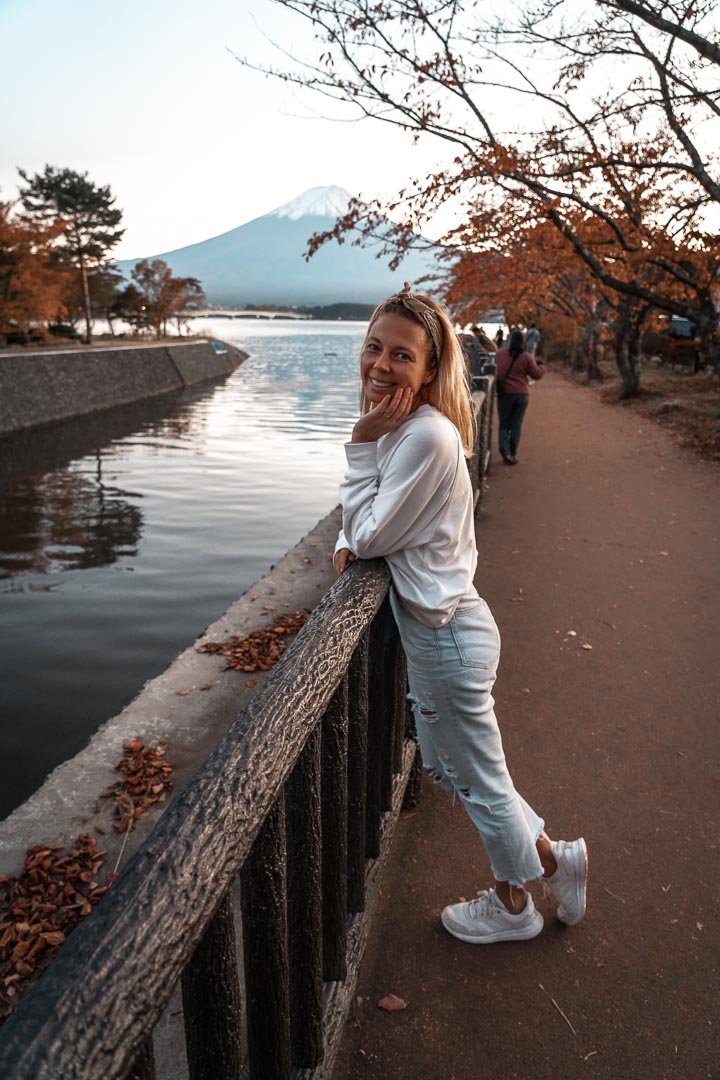
Plan your 5-day Tokyo itinerary with our travel resources
As you know, we love to share all our best tips and favorite places with all of you. That’s why created all these online travel guides, which are completely free. If you found this post (or anything we do) useful, we’d be grateful if you buy something through one of our affiliate links in this article. We’ll get a small commission at no extra cost to you, which helps us keep our travel blog alive.
Thank you so much for your support!
- Skyscanner – to book the best and cheapest flights
- Airbnb – to stay at incredible homes & apartments
- Booking.com – to book your accommodation
- Lonely Planet – to purchase a detailed travel guide
- TourRadar – to join one of the amazing group tours
- TripAdvisor – to read the best reviews and find amazing tours
- HostelWorld – to book the most amazing hostels
- GetYourGuide – to book awesome tours and activities
DO YOU LIKE THIS POST? PIN AND SHARE IT.

